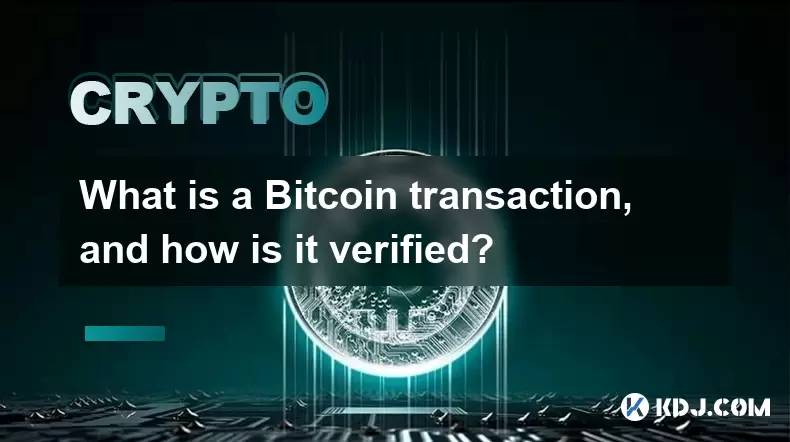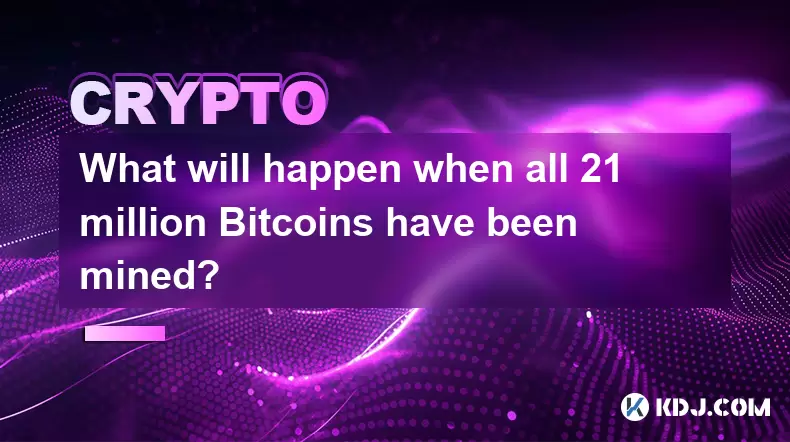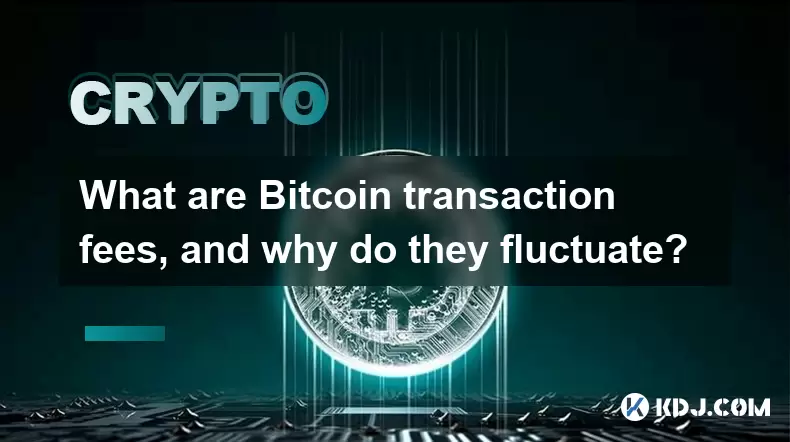-
 Bitcoin
Bitcoin $113900
0.81% -
 Ethereum
Ethereum $3472
0.21% -
 XRP
XRP $2.898
1.45% -
 Tether USDt
Tether USDt $0.0000
0.04% -
 BNB
BNB $748.0
0.32% -
 Solana
Solana $162.1
0.13% -
 USDC
USDC $0.9999
0.02% -
 TRON
TRON $0.3256
0.52% -
 Dogecoin
Dogecoin $0.1989
1.70% -
 Cardano
Cardano $0.7255
3.59% -
 Hyperliquid
Hyperliquid $38.00
1.15% -
 Stellar
Stellar $0.4002
7.96% -
 Sui
Sui $3.422
1.21% -
 Chainlink
Chainlink $16.22
2.48% -
 Bitcoin Cash
Bitcoin Cash $540.4
1.98% -
 Hedera
Hedera $0.2466
6.42% -
 Ethena USDe
Ethena USDe $1.001
0.03% -
 Avalanche
Avalanche $21.39
0.66% -
 Toncoin
Toncoin $3.621
1.12% -
 Litecoin
Litecoin $109.5
0.60% -
 UNUS SED LEO
UNUS SED LEO $8.953
-0.07% -
 Shiba Inu
Shiba Inu $0.00001221
2.27% -
 Polkadot
Polkadot $3.589
2.06% -
 Uniswap
Uniswap $9.124
2.03% -
 Monero
Monero $294.4
0.24% -
 Dai
Dai $1.000
0.02% -
 Bitget Token
Bitget Token $4.322
0.76% -
 Pepe
Pepe $0.00001046
2.30% -
 Cronos
Cronos $0.1327
3.25% -
 Aave
Aave $257.5
1.79%
What is a Bitcoin transaction, and how is it verified?
A Bitcoin transaction transfers value via inputs and outputs, secured by digital signatures and recorded on the blockchain with a unique TXID.
Aug 03, 2025 at 10:21 pm

Understanding the Structure of a Bitcoin Transaction
A Bitcoin transaction is a digital record that transfers value from one Bitcoin address to another on the blockchain. Each transaction consists of inputs and outputs. The input refers to the previous transaction output that the sender is entitled to spend, authenticated by a digital signature. The output specifies the recipient’s address and the amount of Bitcoin being sent. If the input value exceeds the output, the difference is returned to the sender as change through an additional output. Transactions are encoded in a format called Transaction Serialization Format, ensuring compatibility across nodes. Every transaction includes a unique transaction ID (TXID), generated by hashing the transaction data using SHA-256. This TXID acts as a permanent reference on the blockchain.
How Digital Signatures Secure Bitcoin Transactions
Before a Bitcoin transaction can be broadcast, it must be signed using the sender’s private key. This cryptographic signature proves ownership of the funds without revealing the private key itself. The process uses the Elliptic Curve Digital Signature Algorithm (ECDSA). When a user initiates a transaction, their wallet software constructs the transaction data and applies the private key to generate the signature. This signature, along with the corresponding public key, is embedded in the transaction input. Any node can verify the signature using the public key and the transaction details. If the signature is valid, the network accepts that the sender had the right to spend those funds. This mechanism prevents unauthorized spending and ensures transaction authenticity.
The Role of the Mempool in Transaction Propagation
Once signed, a Bitcoin transaction is broadcast to the peer-to-peer network through any connected node. Nodes receiving the transaction validate its format, signature, and whether the inputs have not already been spent (checking for double-spending). Valid transactions are stored in a temporary holding area called the mempool (memory pool). The mempool acts as a staging zone where transactions await inclusion in a block. Miners continuously monitor the mempool and select transactions to include in the next block they attempt to mine. Transactions with higher transaction fees are typically prioritized because they offer greater incentives to miners. If a transaction remains unconfirmed for too long, it may be dropped from the mempool, requiring rebroadcasting.
Mining and Block Inclusion Process
Miners collect transactions from the mempool and assemble them into a candidate block. They begin by constructing a Merkle tree, a binary tree that hashes transaction data into a single root hash known as the Merkle root. This root is included in the block header and ensures data integrity. The miner then attempts to solve a cryptographic puzzle by finding a nonce such that the block header’s hash is below the network’s current difficulty target. This process, known as proof-of-work, requires massive computational effort. Once a valid hash is found, the miner broadcasts the new block to the network. Other nodes verify the block’s proof-of-work, the validity of all transactions within it, and ensure no double-spending has occurred. Upon successful validation, the block is added to the blockchain, and the transactions it contains are considered confirmed.
Confirmation and Finality in the Bitcoin Network
After a transaction is included in a block, it receives its first confirmation. Each subsequent block added to the blockchain increases the number of confirmations. For example, a transaction in the latest block has one confirmation; if five more blocks are added after it, it has six confirmations. Most services consider six confirmations as sufficient for high-value transactions, as the probability of a blockchain reorganization diminishes exponentially with each added block. The deeper a transaction is buried in the blockchain, the more immutable it becomes. This is because altering a past transaction would require re-mining that block and all subsequent blocks, which is computationally infeasible due to the cumulative proof-of-work.
Network Consensus and Validation Rules
Bitcoin nodes enforce a strict set of consensus rules to maintain network integrity. These rules govern what constitutes a valid transaction and block. Every full node independently verifies each transaction and block it receives. Key validation checks include:
- Ensuring the digital signature is correct
- Confirming that inputs reference unspent transaction outputs (UTXOs)
- Verifying that the total output value does not exceed the input value
- Checking that the transaction fee is correctly calculated
- Enforcing script rules (e.g., Pay-to-Public-Key-Hash conditions)
If any rule is violated, the transaction or block is rejected. This decentralized verification process ensures that no single entity can manipulate the system. Nodes follow the longest valid chain rule, meaning they accept the blockchain with the most accumulated proof-of-work as the authoritative version. This consensus mechanism prevents forks from persisting and maintains a single, agreed-upon transaction history.
Frequently Asked Questions
What happens if a Bitcoin transaction has insufficient fees?
Transactions with low fees may remain in the mempool for extended periods, especially during times of high network congestion. Nodes may eventually evict them due to size limits. Users can use Child-Pays-For-Parent (CPFP) or Replace-By-Fee (RBF) mechanisms to increase the effective fee and accelerate confirmation.
Can a Bitcoin transaction be reversed after confirmation?
No, Bitcoin transactions are irreversible once confirmed. There is no central authority to reverse transactions. If funds are sent to the wrong address, recovery depends entirely on the recipient’s willingness to return them.
How long does it take for a Bitcoin transaction to be confirmed?
The average block time on the Bitcoin network is 10 minutes. However, confirmation time varies based on network congestion and transaction fees. A transaction may be confirmed in the next block or take several hours if fees are too low.
What is a UTXO, and why is it important?
A Unspent Transaction Output (UTXO) represents a chunk of Bitcoin that can be spent as an input in a new transaction. The UTXO model allows Bitcoin to track ownership without maintaining account balances. Every transaction consumes existing UTXOs and creates new ones, forming a chain of ownership.
Disclaimer:info@kdj.com
The information provided is not trading advice. kdj.com does not assume any responsibility for any investments made based on the information provided in this article. Cryptocurrencies are highly volatile and it is highly recommended that you invest with caution after thorough research!
If you believe that the content used on this website infringes your copyright, please contact us immediately (info@kdj.com) and we will delete it promptly.
- Navigating the Meme Coin Mania: Cold Wallets, SHIB, and DOGE in 2025
- 2025-08-03 22:30:16
- Bitcoin's Price Fall and Scrutiny: What's a New Yorker to Think?
- 2025-08-03 22:30:16
- Shiba Inu's Resistance and Recovery Push: What's Next for SHIB?
- 2025-08-03 22:50:16
- Bitcoin, Hashcash, and Crypto Innovation: A Look at the Foundation and Future
- 2025-08-03 23:12:53
- Meme Coin Mania: Bonk, Pudgy Penguins, and the Quest for the Next Crypto Sensation
- 2025-08-03 22:50:16
- Binance Coin's Bull Run: Chain Upgrades, Token Burns, and the Road to $1000
- 2025-08-03 23:15:31
Related knowledge

What is the difference between holding Bitcoin on an exchange versus in a personal wallet?
Aug 02,2025 at 03:15pm
Understanding Custodial vs Non-Custodial ControlWhen holding Bitcoin on an exchange, users are essentially entrusting their assets to a third party. E...

What is a 51% attack, and could it destroy Bitcoin?
Aug 03,2025 at 05:08pm
Understanding the Concept of a 51% AttackA 51% attack refers to a scenario in which a single entity or group gains control of more than half of a bloc...

What are the biggest security risks associated with holding Bitcoin?
Aug 03,2025 at 03:16pm
Exposure to Private Key CompromiseOne of the most critical security risks when holding Bitcoin is the compromise of private keys. These cryptographic ...

Can governments shut down or ban Bitcoin?
Aug 02,2025 at 09:44am
Understanding Bitcoin’s Decentralized StructureBitcoin operates on a decentralized peer-to-peer network, meaning it is not controlled by any single en...

What will happen when all 21 million Bitcoins have been mined?
Aug 03,2025 at 09:50am
Understanding the 21 Million Bitcoin CapThe 21 million Bitcoin cap is a foundational rule embedded in Bitcoin’s source code, designed by Satoshi Nakam...

What are Bitcoin transaction fees, and why do they fluctuate?
Aug 03,2025 at 01:51am
Understanding Bitcoin Transaction FeesBitcoin transaction fees are small amounts of Bitcoin paid by users to miners for processing and confirming tran...

What is the difference between holding Bitcoin on an exchange versus in a personal wallet?
Aug 02,2025 at 03:15pm
Understanding Custodial vs Non-Custodial ControlWhen holding Bitcoin on an exchange, users are essentially entrusting their assets to a third party. E...

What is a 51% attack, and could it destroy Bitcoin?
Aug 03,2025 at 05:08pm
Understanding the Concept of a 51% AttackA 51% attack refers to a scenario in which a single entity or group gains control of more than half of a bloc...

What are the biggest security risks associated with holding Bitcoin?
Aug 03,2025 at 03:16pm
Exposure to Private Key CompromiseOne of the most critical security risks when holding Bitcoin is the compromise of private keys. These cryptographic ...

Can governments shut down or ban Bitcoin?
Aug 02,2025 at 09:44am
Understanding Bitcoin’s Decentralized StructureBitcoin operates on a decentralized peer-to-peer network, meaning it is not controlled by any single en...

What will happen when all 21 million Bitcoins have been mined?
Aug 03,2025 at 09:50am
Understanding the 21 Million Bitcoin CapThe 21 million Bitcoin cap is a foundational rule embedded in Bitcoin’s source code, designed by Satoshi Nakam...

What are Bitcoin transaction fees, and why do they fluctuate?
Aug 03,2025 at 01:51am
Understanding Bitcoin Transaction FeesBitcoin transaction fees are small amounts of Bitcoin paid by users to miners for processing and confirming tran...
See all articles

























































































